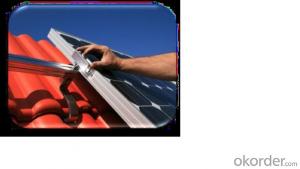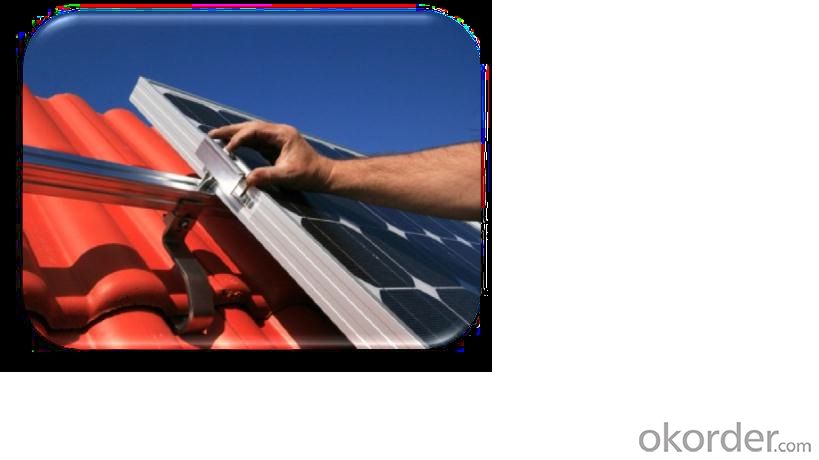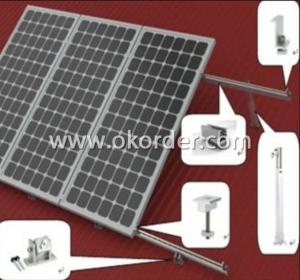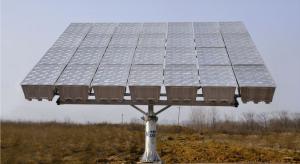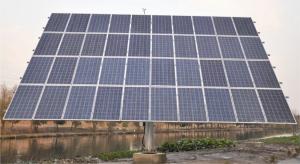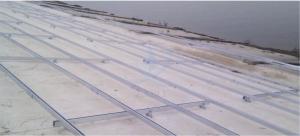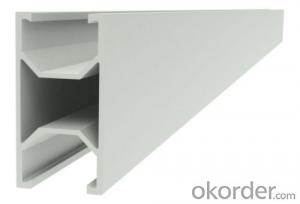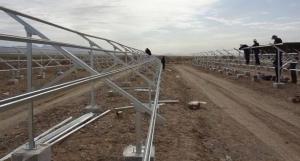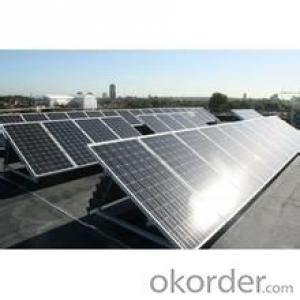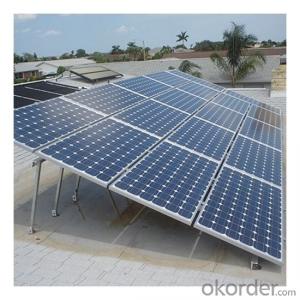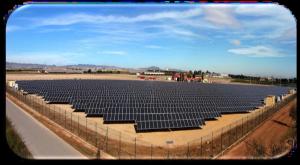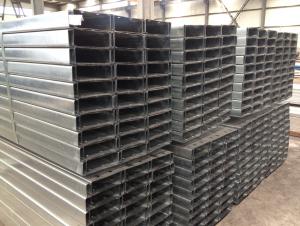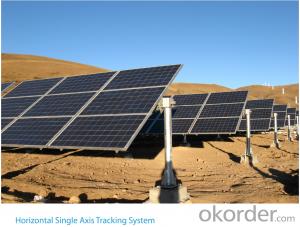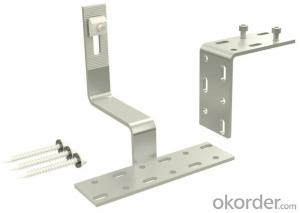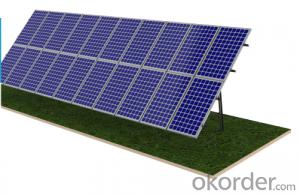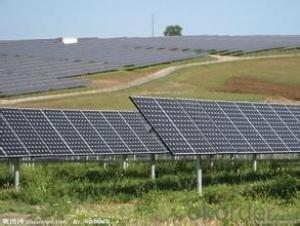Commercial Solar Mounting Systems - Roof System-1
- Loading Port:
- China Main Port
- Payment Terms:
- TT OR LC
- Min Order Qty:
- -
- Supply Capability:
- -
OKorder Service Pledge
OKorder Financial Service
You Might Also Like
Roof System-1
Die umfassende Auswahl an unterschiedlichen Komponenten und Systemen ermöglicht es,
mit Schletter-Systemen nahezu jede Modulkonfiguration auf jedem Dach zu befestigen.
Durch unsere hochwertigen und durchdachten Komponenten erzielen Sie schnelle Montagezeiten und verlässliche Haltbarkeit mit statischem Nachweis.
Bei der Auswahl der für Ihr Dach am besten geeigneten Variante haben Sie die Wahl zwischen einer dachparallelen und einer aufgeständerten Lösung.
Leichte Aufständerung auf Trapezblech (5 - 7° Aufstellwinkel) für gerahmte Module
Konzipiert für gerahmte Module mit ca. 1,3 – 1,7 m Höhe in Hochkantmontage
Befestigung auf der U-konstruktion meist mittels Trapezblechschellen
Schnell und einfach zu montieren
Bessere Hinterlüftung
Bessere Selbstreinigung
Optimale Lastabtragung über die Dachhaut
Mehrertrag bei günstigem Systempreis
- Q: Are there any specific requirements for greenhouse or conservatory design when using a solar mounting system?
- Yes, there are specific requirements for greenhouse or conservatory design when using a solar mounting system. Firstly, the structure must be designed to withstand the additional weight and wind loads imposed by the solar panels. The roof or glazing material should be able to support the panels and transmit sunlight effectively. Additionally, the orientation and inclination of the greenhouse or conservatory should be optimized for maximum solar exposure. Finally, proper ventilation and shading systems should be incorporated to prevent overheating of the solar panels and maintain a suitable growing environment inside the structure.
- Q: Can a solar mounting system be used with solar-powered water pumps?
- Yes, a solar mounting system can be used with solar-powered water pumps. The solar mounting system provides the necessary support and stability for the solar panels that generate the electricity required to power the water pumps. This allows for an efficient and sustainable solution for pumping water using solar energy.
- Q: How does a solar mounting system affect the roof's acoustics?
- A solar mounting system does not significantly affect the roof's acoustics as it is primarily designed to support and secure the solar panels. However, depending on the type of mounting system and its installation, there might be minimal vibrations or sound transmission from the system, but these are typically negligible and do not have a noticeable impact on the roof's acoustics.
- Q: Can a solar mounting system be used with solar-powered drones?
- Yes, a solar mounting system can be used with solar-powered drones. The solar mounting system provides a platform for solar panels to be installed and generate power. This power can then be used to charge the batteries of solar-powered drones, allowing them to fly for longer durations and reducing their reliance on traditional charging methods.
- Q: Can a solar mounting system be used on standing seam metal roofs?
- Yes, a solar mounting system can be used on standing seam metal roofs. There are specially designed solar mounting systems available that are compatible with standing seam metal roofs. These mounting systems typically clamp onto the raised seams of the metal roof without penetrating or damaging the roof surface, ensuring a secure and efficient installation.
- Q: Can a solar mounting system be installed on a rooftop with a tile roof?
- Yes, a solar mounting system can be installed on a rooftop with a tile roof. There are specific mounting systems designed for tile roofs that allow for secure installation of solar panels without damaging the roof.
- Q: Can solar mounting systems be adjustable to optimize panel angles?
- Yes, solar mounting systems can be adjustable to optimize panel angles. This flexibility allows for maximum sunlight exposure and increased energy production.
- Q: How does a solar mounting system affect the roof's structural warranty?
- A solar mounting system typically does not affect the roof's structural warranty, as long as it is installed properly by a qualified professional and does not cause any damage or compromise the integrity of the roof.
- Q: How much weight can a roof-mounted solar system support?
- The weight capacity of a roof-mounted solar system depends on various factors such as the type of roof, structural integrity, and the specific design of the solar system. It is crucial to consult with a professional solar installer or structural engineer to determine the exact weight limit that your roof can safely support.
- Q: Can solar mounting systems be installed on rooftops with skylights or ventilation systems?
- Yes, solar mounting systems can be installed on rooftops with skylights or ventilation systems. However, careful consideration and planning are required to ensure that the installation does not obstruct or interfere with the functionality of the skylights or ventilation systems. Professional solar installers are skilled in designing and installing systems that work harmoniously with existing rooftop features.
Send your message to us
Commercial Solar Mounting Systems - Roof System-1
- Loading Port:
- China Main Port
- Payment Terms:
- TT OR LC
- Min Order Qty:
- -
- Supply Capability:
- -
OKorder Service Pledge
OKorder Financial Service
Similar products
Hot products
Hot Searches
Related keywords
